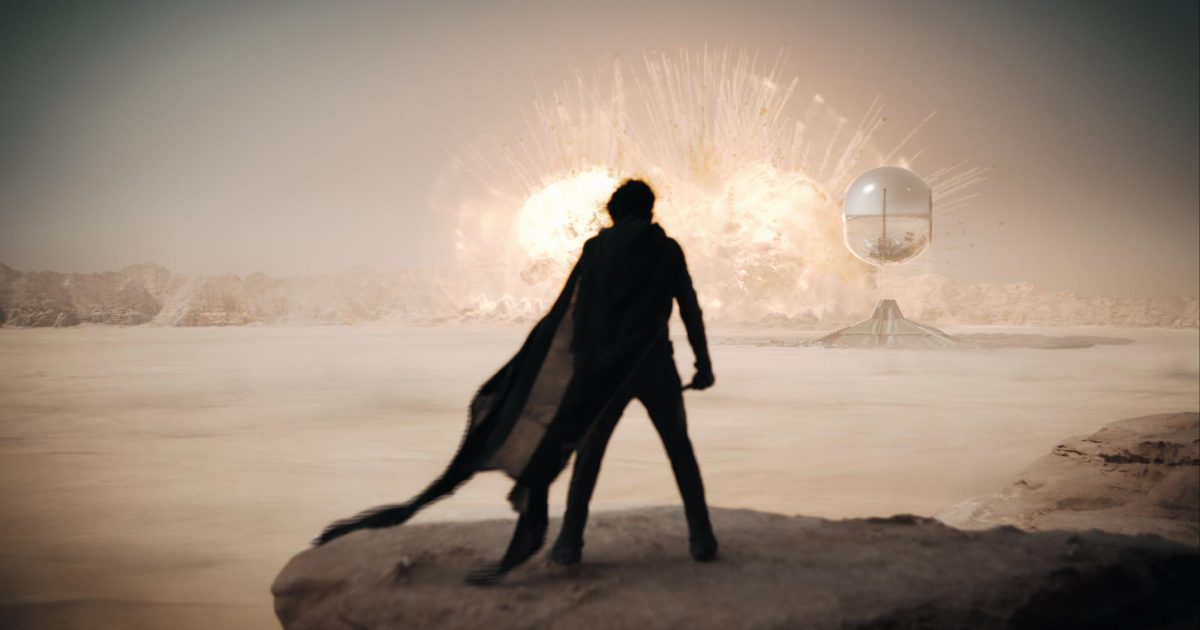Many current or former AP Lit students all have their own experiences with Hamlet: the most widely-acclaimed revenge tragedy in classical literature. But with the introduction of modern legends like director Denis Villeneuve, legendary Shakespearean revenge tragedies don’t just take place in the 16th century; they also take place in the year 10191. Swap Hamlet with Timothée Chalamet; Gertrude with Rebecca Ferguson; Ophelia with Florence Pugh. And now, you have a 21st century masterpiece: Dune: Part Two.

Upon the fall of House Atreides, the entire political atmosphere on planet Arrakis is ripe for revenge, centering around that of Paul Atreides (Timothee Chalamet), an individual who witnessed his entire bloodline get burned down by House Harkonnen in Dune: Part One (2021). Forced to hide in the desert planet, he seeks refuge with the Fremen, the indigenous people of Arrakis, his mom, Jessica (Rebecca Ferguson), along with Chani (Zendaya). Paul, however, through a series of “miracles” with a natural hallucinogenic spice native to Arrakis—melange—is seen as a religious prophet who garners the attention of millions of Fremen.
But with the dust settled, we can’t talk about the movie without discussing the sheer technicality of the film itself, starting with Hans Zimmer’s mesmerizing score. Building off his first film’s innovative sound methods of throat-singing and a 21-foot horn, this film truly is a sandbox of harmonic innovation. To display Paul’s creeping descent into tragedy, Zimmer silences the quiet whispers and doubles down on the jarring, higher notes to vividly portray the prophecy slowly deafening Paul’s morals. The impressive cinematography of Greig Fraser also has its merits: accompanied by a wide array of close and zoomed out shots to portray the intricacies of combat to the celestial grandiose of the spacing guild.

One scene that stands out is the portrayal of Feyd-Rautha’s home planet, Giedi Prime. A planet completely devoid of life, the Harkonnen inhabitants are characterized by their monochromatic, reptilian appearance. But while I had previously thought that the black-white was a matter of stylistic choice in post-production, the film was actually filmed in infrared cameras to mimic the planet’s sun: a star that quite literally sucks in all visible light, leaving behind the black and white remnants. The visuals kept drawing me into the screen.
Denis Villeneuve’s meticulous world-building has been 3 years in the making, and in my opinion, he has definitely delivered one of the most prestigious, flagship films of 2024. So while the beginning of a Holy War, hallucinogenic spice harvests, and the religious fervor of an indigenous society may blast the theaters with a breath of fresh air, this powerful sandstorm is just the continuation for a trilogy that will sweep audience members away.


